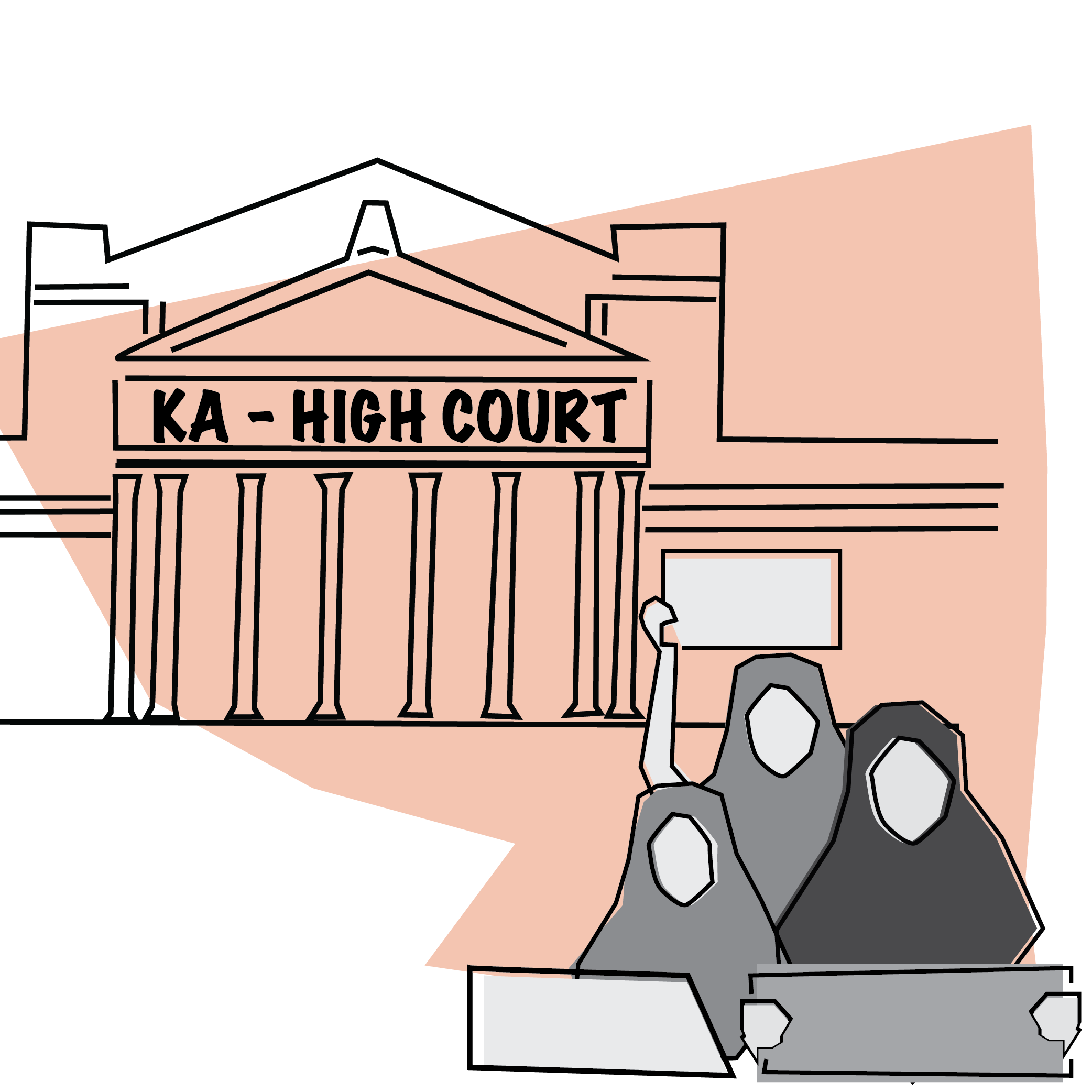Religion: Free(Dom) for All

The judgment delivered by the full Bench of the Karnataka High Court on 15th March 2022 stating that head scarves are not an essential part of a religion has once again put the spot- light on Article 25 of the Indian Constitution. An insight into the said Article and test of essential religious practices on the basis of which this judgment was delivered.
Article 25 of the Indian Constitution
This Article lays the foundation for freedom to practice religion in a secular country like India.
As per Article 25(1), “All persons are equally entitled to freedom of conscience and the right to freely profess, practice, and propagate religion subject to public order, morality and health”.
Article 25(2) states “Nothing in this article shall affect the operation of any existing law or prevent the State from making any law
- Regulating or restricting any economic, financial, political or other secular activity which may be associated with religious practice;
- Providing for social welfare and reform or the throwing open of Hindu religious institutions of a public character to all classes and sections of Hindus
Explanation I The wearing and carrying of kirpans shall be deemed to be included in the profession of the Sikh religion
Explanation II In sub clause (b) of clause reference to Hindus shall be construed as including a reference to persons professing the Sikh, Jains or Buddhist religion, and the reference to Hindu religious institutions shall be construed accordingly”
Simply put, Article 25 contains that each individual has the freedom:
- Of conscience: to follow one’s own ideas, thoughts and beliefs in matters of religion.
- To freely profess religion: to openly express one’s religious beliefs
- To freely practice religion: performance of rituals and ceremonies including worship
- To freely propagate religion: disseminate one’s religious beliefs and or tenets of their religion.
The State has the power to impose restrictions on religious freedom of the person, IF, it is necessary to regulate or prohibit any economic, financial, political or other secular activity which may be associate with religious practice and if it is not in consonance with public order, morality and health.
Salient features
- It is a fundamental right guaranteed to all citizens (and non –citizens in the country) alike. However, it is NOT an absolute right.
- The State has the power to impose restrictions on religious freedom of the person, IF, such practices are not in consonance with public order, morality and health or with provisions of Part III of the Constitution (fundamental rights including right to religion, not being discriminated based on religion and related provisions)
- By way of the 42nd Constitutional amendment in 1976, the word ‘secular’ was added to the preamble of the Constitution. Keeping in mind multifarious religions / religious practices being followed in India, the Constitution was amended to make India a “sovereign, socialist, secular democratic republic”. The nation followed no particular religion, implying that each person has the freedom to follow a religion of their choice.
The word ‘secular’ gave rise to instances of ambiguity. However, there are decided case laws that provide clarity. In the landmark case of S.R Bommai Vs Union of India ([1994] 2 SCR 644: AIR 1994 SC 1918: (1994)3 SCC1), which dealt with Article 356, the Supreme Court also held that ‘secularism’ means equal treatment of all religions. The State cannot follow a particular religion. Secularism means neutrality towards religion. It means all religions are equal. There is no place for discrimination.
Article 25 of the Indian Constitution is invoked whenever a matter concerning religion is to be decided.
The most recent uproar over Muslim girls wearing hijab (head scarf / head gear) to educational institutions is one such instance. Their primary argument – banning hijab in classroom is violative of Article 25 (besides Articles 14, 19(1)(a), 21) of the Indian Constitution that allows them to practice their religion freely. They further contended that ‘Hijab’ is part of their “essential religious practice”.
Deciphering Article 25
In deciding on whether Article 25 of the Constitution has been violated, Courts have to look into whether:
- the ‘freedom of conscience and right to freely practice, profess and propagate religion” has been infringed upon
- whether such freedom is to be restricted on grounds of protecting public order, health and morality.
Over time, Courts have applied the “essential religious practices test” in arriving at a conclusion.
“Essential religious practices test”
Since the enactment of the Constitution, Courts have observed that not all religious practices would constitute violation of Article 25 of the Constitution. Practices such as child marriages and dowry were not part of religion. They were only social customs which were abolished in order to protect the society from parading regressive practice in the garb of religion.
In deciding if a religious practice was essential:
- Courts have relied on ancient religious texts, scriptures and doctrines of the religion itself to know if such practices existed at the time when such religion originated. The Shirur Mutt case [1954] SCR 1005
- Courts also delved into whether such practices are fundamental to following the religion in such a way that by not following such practice, it would result in not following the religion itself or would amount to change in religion. Acharya Jagdishwaranda Avadhuta case (1983) 4 SCC 522
The courts have applied the “essential religious practice” test in other cases as well –
In the Indian Young Lawyer Association & Ors. Vs. State of Kerala & Ors 2018 SCC Online SC 1690 (“Sabarimala case”), the Supreme Court rules that all Hindu pilgrims could enter the temple premises irrespective of their gender ruling that any exception placed on women due to biological issues would violate the constitution under right to equality (Art 14) and freedom of religion (Art 25)
In the Shayara Bano v. Union of India AIR 2017 9 SCC 1 (SC) (“Triple Talaq” case) the Supreme Court held that “Tala – e- Biddat” or the practice of a man instantly divorcing a woman by repeating the word “talaq” thrice without any statutory intervention is violative of Article 25. A practice cannot be considered as essential part of the religion merely because it is not prohibited by religion.
In the Hijab case, the Karnataka High Court after consulting the Quran, other Islamic scriptures and scholars was of the view that the Quran does not make it mandatory for women to wear hijab / head scarf/ head gear. It is only directory in nature and there are no penalties or penance for not wearing the hijab. Therefore, it can be concluded that the hijab is not an essential religious practice in Islamic faith.
Analysis
The Hijab case is in itself two pronged – on the issue of (i) whether educational institutions must have their own mandatory uniform code to be adhered to by all students irrespective of their religion. (ii) whether the Courts have any role in deciding on religious matters.
Over the years Courts have evolved the application of the “essential religious practice” test. There are divergent views on this. A section of the society is of the view Courts have no role in the religious matter and their judgments amount to interference. The test of essential religious practice cannot be the yardstick in determining essentiality to a religion.
Another section is of the view that ‘religion’, ‘faith’, ‘customs’ are intertwined with ‘secularism’. There is a very thin line between them. Only the Courts and Judiciary can ensure that thin line is not blurred.

